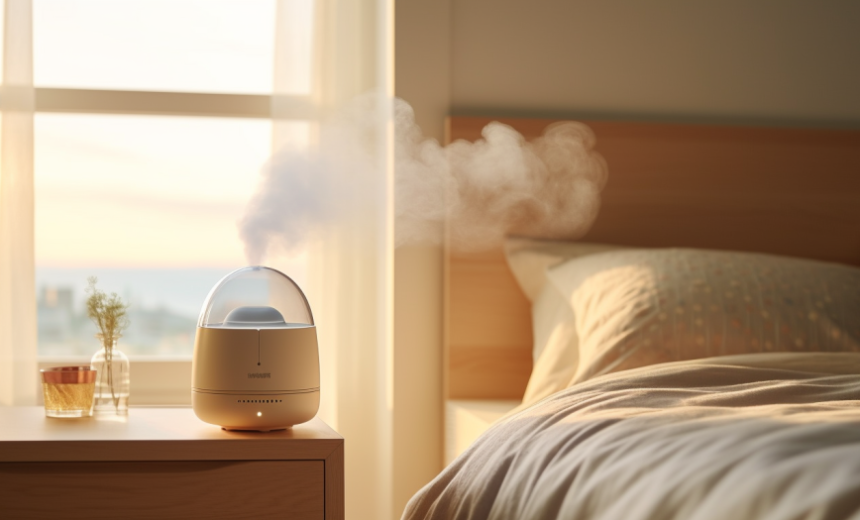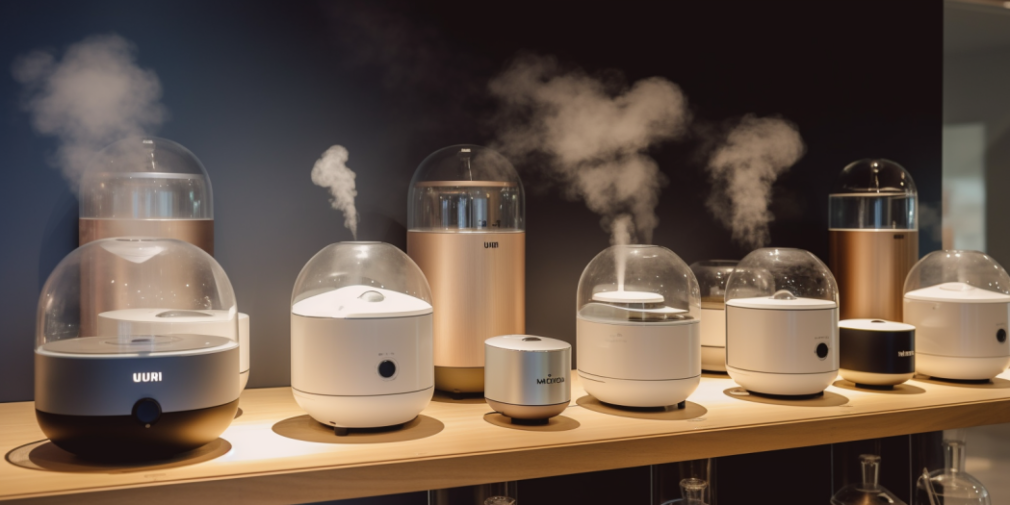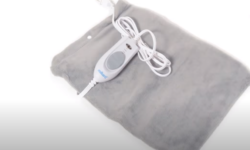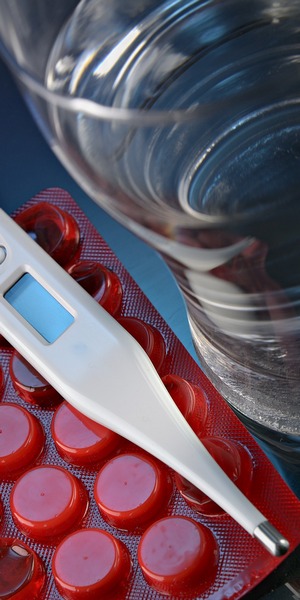Humidifiers for Nosebleeds: An In-depth Analysis

Nosebleeds can be an inconvenient and sometimes alarming occurrence. Known medically as epistaxis, they often occur due to the drying and subsequent cracking of the nasal membranes. Fortunately, a practical and non-invasive solution exists to mitigate this problem – the use of humidifiers. This article delves into the role humidifiers play in preventing nosebleeds, how to choose the right one, and the most effective ways to use them.
The Science Behind Nosebleeds
Before we delve into how humidifiers help, it is essential to understand the science behind nosebleeds. The nasal cavity is lined with a mucus membrane, which serves as a protective layer that keeps the nose moist and defends against dust, allergens, and pathogens. This membrane is equipped with tiny blood vessels.
When the nasal membrane becomes excessively dry due to low humidity, high altitude, or heated indoor air during winter, it can crack, making the blood vessels more prone to breakage and causing a nosebleed. Thus, maintaining an optimal level of humidity becomes critical in preventing nosebleeds.
Common Causes of Nosebleeds
| Cause | Explanation |
|---|---|
| Dry Air | Dry air, particularly during winter, can dry out the nasal membranes, leading to nosebleeds. |
| High Altitude | The reduced air pressure and dry air at high altitudes can cause nosebleeds. |
| Certain Medications | Some medicines, like antihistamines and decongestants, can dry out the nose. |
| Blowing the Nose | Excessive or forceful nose blowing can rupture the delicate blood vessels in the nose. |
To prevent nosebleeds, it is important to address the underlying causes and maintain a suitable level of humidity in the environment. Humidifiers can be helpful in this regard. They work by increasing the moisture content in the air, which helps keep the nasal membranes hydrated and reduces the risk of nosebleeds.
In addition to using a humidifier, there are other measures you can take to reduce the risk of nosebleeds. These include:
- Using saline nasal sprays or saline nasal irrigation to keep the nasal passages moisturized;
- Avoiding excessive nose blowing or blowing forcefully when clearing the nose;
- Applying a thin layer of petroleum jelly or nasal saline gel inside the nostrils to help retain moisture;
- Using a nasal lubricant or saline gel before going to bed to prevent dryness during sleep.
The Role of Humidifiers
A humidifier plays a crucial role in maintaining proper humidity levels in the air. By releasing moisture into the environment, it increases the ambient humidity, which can have several benefits for respiratory health, including reducing the risk of nosebleeds. Humidifiers are particularly useful in dry climates or during the winter months when indoor heating systems can make the air exceptionally dry.
Types of Humidifiers and Their Functioning
| Type | Functioning |
|---|---|
| Ultrasonic | Uses ultrasonic vibrations to generate a cool mist. |
| Evaporative | Uses a fan to blow air through a moist wick filter. |
| Steam Vaporizers | Heats water to create steam, which cools before leaving the machine. |
| Impeller | Uses rotating disks to fling water at a diffuser, breaking it into tiny droplets. |
Different types of humidifiers are available on the market, each with its own unique functioning mechanism. Understanding the various types can help you choose the most suitable one for your needs.
- Ultrasonic Humidifiers: These humidifiers utilize ultrasonic vibrations to produce a cool mist. The device features a small metal diaphragm that vibrates at an ultrasonic frequency. This vibration breaks water into tiny droplets, creating a fine mist that is released into the air. Ultrasonic humidifiers are generally quiet and energy-efficient;
- Evaporative Humidifiers: Evaporative humidifiers work by blowing air through a moist wick filter. The water in the wick filter evaporates, adding moisture to the air. This type of humidifier requires regular maintenance, including filter cleaning or replacement. However, it is an affordable option and does not release any excess minerals into the air;
- Steam Vaporizers: Steam vaporizers heat water to create steam, which then cools before leaving the machine. These humidifiers are effective in increasing humidity levels quickly. However, they can pose a risk of burns if not used with caution, especially around children;
- Impeller Humidifiers: Impeller humidifiers employ rotating disks to fling water at a diffuser, breaking it into tiny droplets that are released into the air. They are often more affordable than other types and are suitable for small to medium-sized rooms. Impeller humidifiers are generally easy to clean and maintain.
By using a humidifier, regardless of its type, you can introduce moisture into the air, which helps combat dryness and keeps the nasal membranes hydrated. This, in turn, reduces the likelihood of nosebleeds caused by dry nasal passages.
Choosing the Right Humidifier

When it comes to choosing a humidifier for nosebleeds, several factors should be considered:
- Size of the Room: Larger rooms may require a console humidifier, while smaller or medium-sized rooms can be well served by tabletop models;
- Type of Humidifier: Evaporative and ultrasonic humidifiers are most commonly used in homes. While both are effective, ultrasonic models tend to be quieter and more energy-efficient;
- Ease of Cleaning: Regular cleaning is crucial to prevent mold and bacteria growth. Choose a model that’s easy to clean;
- Additional Features: Features like auto shut-off when desired humidity is reached, or when the unit is empty can be beneficial.
Proper Use of Humidifiers
Correct usage and maintenance are essential for reaping the maximum benefits from a humidifier. Here are some essential tips:
- Keep the humidity level between 30-50%. Over-humidification can encourage the growth of mold and bacteria;
- Regularly clean the humidifier according to the manufacturer’s instructions to prevent the build-up of mold or bacteria;
- Use distilled or demineralized water to minimize mineral dust, especially important in ultrasonic and impeller humidifiers;
- Place the humidifier at a safe distance from furniture and electrical appliances.
Conclusion
Maintaining optimal humidity levels using a humidifier can be an effective strategy to prevent nosebleeds, especially those caused by dry air. However, it’s essential to select the right humidifier and use it correctly to enjoy its maximum benefits. As always, consult a healthcare professional if you experience frequent or severe nosebleeds.
FAQS
Yes, but it is especially beneficial during winter months when indoor air can become extremely dry due to heating systems.
Yes, a humidifier can help prevent nosebleeds in children. However, it’s best to use a cool-mist humidifier for safety reasons.
A humidifier can help prevent nosebleeds caused by dry air, but it is not a cure. If you frequently have nosebleeds, it’s essential to seek medical advice.
Even in humid climates, indoor air can become dry due to air conditioning systems. If you are experiencing nosebleeds or dry nasal passages, a humidifier can still be beneficial.








